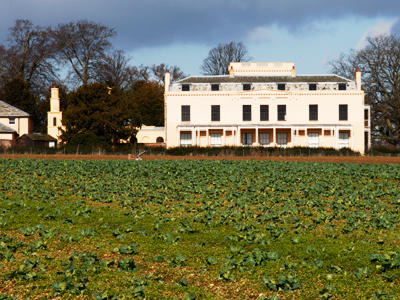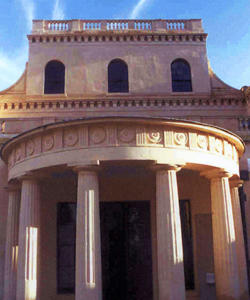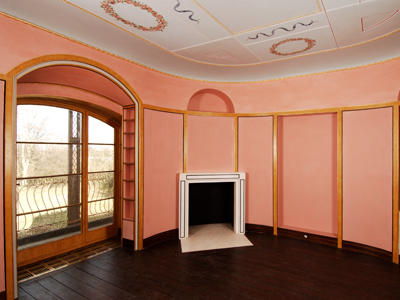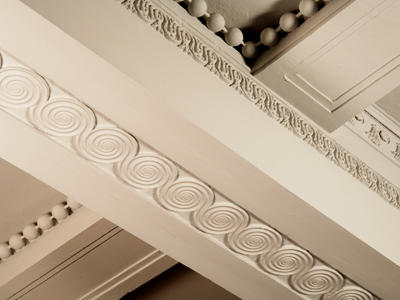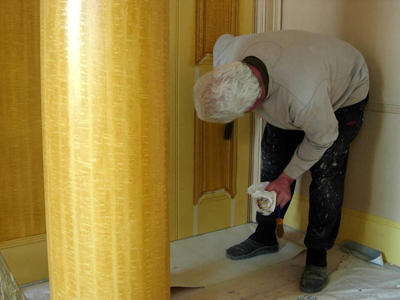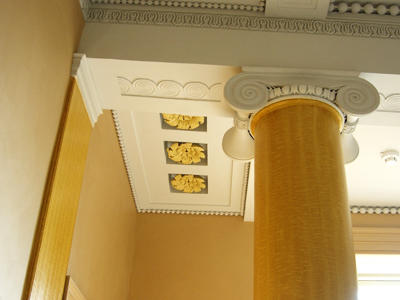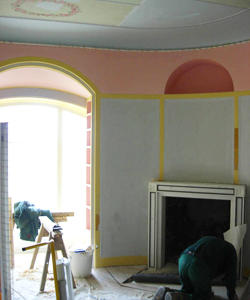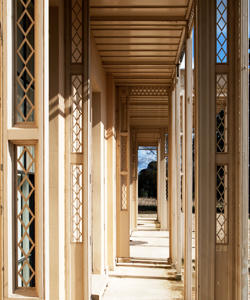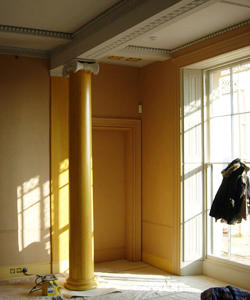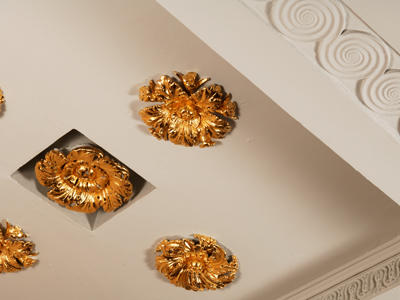Moggerhanger House
Background
Sir John Soane (1753–1837) is one of the most original neoclassical architects, ranked alongside Nicholas Hawsmoor and Alexander “Greek” Thomson. Moggerhanger House, designed between 1790 and 1793 for Godfrey Thornton, the director of the Bank of England is one of the very few examples of Soane’s mature country houses to survive. The interiors illustrate the subtlety of Soane’s work and are a significant example of his domestic design. The architecture of the house itself contains the seeds of many of Soane’s public works, and reflects his achievements on a scale that is both accessible and pleasing to all who visit. The Eating Room of Moggerhanger House, as in many of Soane’s houses, is the grandest room, and at Moggerhanger it is a masterly and original design. In the early 20th century, Moggerhanger became the County Sanitorium and remained a hospital until 1987, leaving it a shadow of Soane’s original vision.
How We Helped
After years of public use, Moggerhanger House required significant changes to restore Soane’s design as it was experienced by the Thornton family, and to ensure the legacy of that vision. While the Moggerhanger House Preservation Trust had begun campaigning for the restoration of the house with some success, they were in need of greater financial support and assistance to ensure a sustainable future for the property. World Monuments Fund intervened in 2002, using challenge funds to get the project off the ground. The Eating Room was fully restored, and a management plan outlined the house’s future as a publicly used heritage site. WMF support leveraged further funding; funds were raised to restore Mrs. Thornton’s Boudoir, another significant room. WMF’s selective restoration of individual rooms resulted in a holistic presentation of Soane’s original design, whose legacy can once again be enjoyed by all.
Why It Matters
Sir John Soane was one of England’s greatest architects. The restoration of the Eating Room successfully completed by the World Monuments Fund retrieved Soane’s original design intention for Moggerhanger House. This restoration is made all the more important because of the rarity of surviving Soane interiors. Soane scholars have seized upon this significant contribution to the ongoing understanding of Soane’s architecture. But perhaps more importantly, the restoration of Moggerhanger has opened up Soane’s architecture to a new audience, who can now visit the house for recreation and community and corporate events, facilitated by WMF’s initial introduction of a site-management plan. Soane’s significance can now be understood by all.

